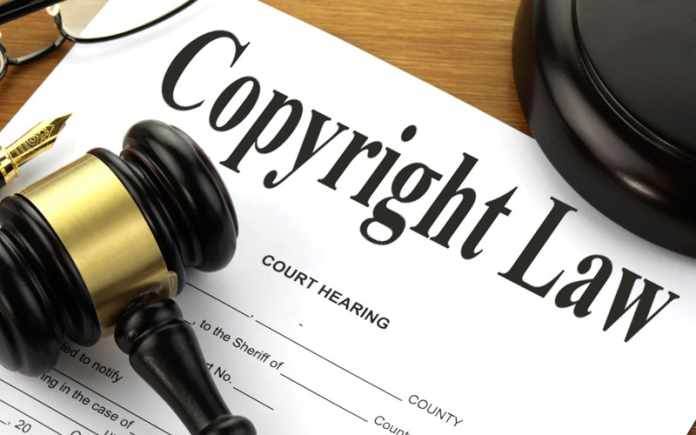Product customization is majorly loved, and one of the easiest things to customize are clothes like shirts and t-shirts. Clothing materials can be sold to a wide fanbase, from corporates to comic lovers.
Although you can print anything under the public domain without infringing copyright laws, these laws tend to be complex. With print on demand, it’s easy to forget copyright laws. But remember, being ignorant of the law is not an excuse in a court of law. In this article, we shall break down copyright laws surrounding clothing printing.
Table of Contents
What is Copyright?
Copyright is a legal right given to a creator to protect their work that has been physically expressed. For your work to be copyrighted, it must be tangible and original. Copyright laws vary between countries and the type of work, but in the US, it includes ‘works of authorship’ falling in the following categories:
- Architectural works
- Literary works
- Dramatic works, including accompanying music
- Musical works, including accompanying words
- Sculptural, pictorial, and graphic works
- Choreographic and pantomimes works
- Audiovisual works and motion pictures
- Sound recordings
Typically, copyright protection in the US lasts up to 70 years after the content creator’s demise.
What is in the Public Domain?
Public domain refers to materials not protected by intellectual property laws such as patent laws, copyright laws, or trademarks. No one owns the creative material in the public domain. As a result, anyone can use public domain work without worrying about copyright infringement.
The most common ways that creative works arrive in the public domain include:
- No copyright law protects the kind of work such as short phrases, theories, and facts.
- The copyright owner did not follow the copyright renewal rules.
- Expired copyright
- Deliberate placement by the owner in the public domain space
However, although individual images, phrases, or audiovisual works may not have a copyright, the owner may copyright a collection of the same work. Therefore, it’s essential to thoroughly research before printing an image from the internet.
What Type of Material Can I Print on Clothing?
You can print anything on a shirt, t-shirt, or dress as long as it’s classified royalty free. Some of the most common public domains with royalty free images are:
- Unsplash – Offers photos that anyone can use
- Wikipedia Commons – Provides images, but some of the pictures have restrictions
- British Library – Has over a million images released into the public domain
Under copyright laws, the Fair Use Act is a warning that complicates things in copyright due to its little twist and turns. Fair use of copyrighted material is replicating material under copyright for transformative or limited purposes like criticizing, commenting, or parody.
According to the US copyright law, fair use factors include:
- The nature of the copyrighted material
- The character and purpose of use – if it’s for educational, commercial, or personal purposes
- The effect of using the copyrighted material in terms of potential market value
- The sustainability and amount of the material copyrighted as a whole
The Fair Use Act allows the lawful use of creative works and designs without seeking permission from the material owner. Some clothing merchants claim their design is a parody of a character from the internet or movie, where you may go through a lengthy court battle to prove your claim.
Use works in the public domain or original work to be on the safer side of the law. You can buy now shirts, t-shirts, or dresses online or in physical stores where the merchant can print your desired design.
How to Check Material for Copyright
Before designing or creating clothing with images, it’s essential to know if the content has been copyrighted. To check for copyright, find out if the content you desire to add to your clothing has the © symbol. The © is a copyright symbol found at the bottom of the material or image.
In addition, if you see a watermark, the material is copyrighted, so avoid using it. If you are unsure about the content, visit a copyright office to browse the copyright files or perform a reverse image search online to know the source.
Wrap Up
If you are a designer, buyer, or clothes image printer, ensure that you don’t infringe on anyone’s copyright. The legal battle is hectic, financially and mentally draining. Most materials can be safely incorporated into your design, giving a false idea that you can use any work. Keep in mind, some materials require you to seek permission from the owner before adding their content to your design.













